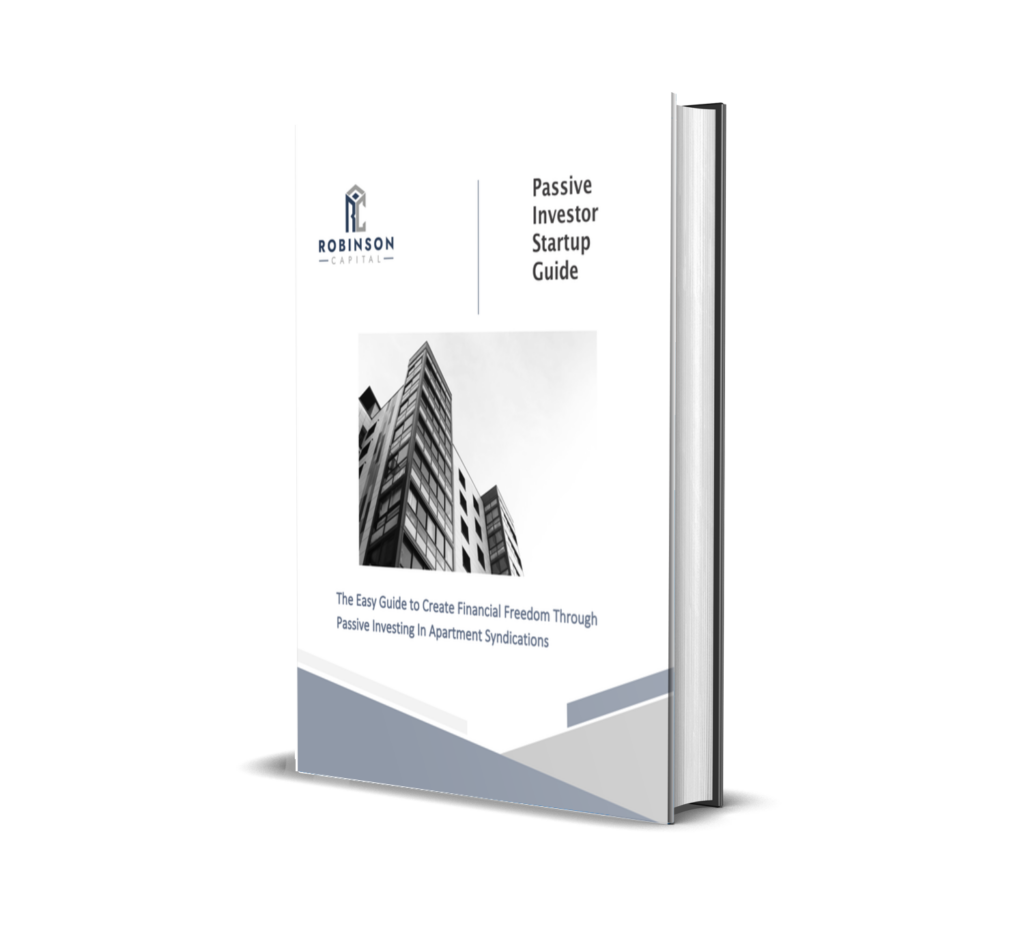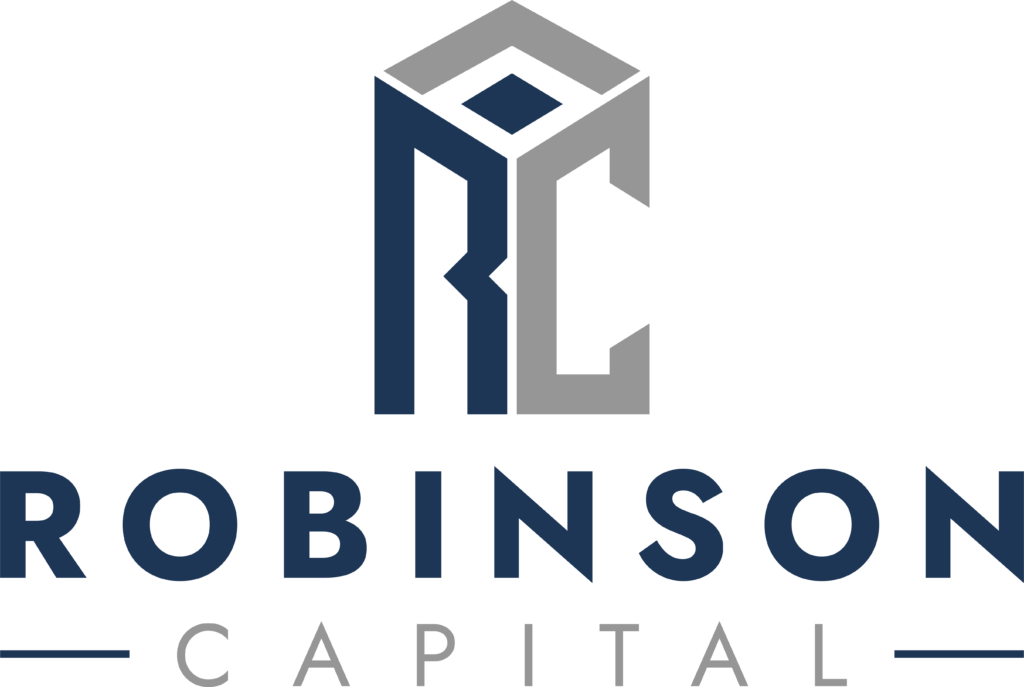- Interest rates influence decision making
- Investors select among asset classes such as stocks and real estate
- Demand rises within that asset class, raising prices
- Prices investors are willing to pay for NOI are reflected by cap rates
Many people miss the fact that cap rates (see real estate terms resources page) are not necessarily the guiding factor in real estate investment decision making. It is simply evidence of the prices people are paying for net operating income (Remember not to confuse price and value).
Measuring Price Paid for Earnings
In stocks, the higher prices that investors pay for the same earnings is referred to as Price per Earnings, or the P/E multiple. In real estate, the prices that people are willing to pay for NOI is referred to as Gross Rent Multiplier (GRM). Whereas the GRM measures Price/Gross Rent, Cap Rates are the inverse and based on net operating income (not rents only); they measure the return on investment against the price paid: NOI/Price. Ultimately, in order to get the best ROI, investors want to pay the lowest price possible, which which is reflected by a high cap rate.
So what drives cap rates?
Market influences drive investment towards certain asset classes. For example, the Federal Reserve has been actively manipulating interest rates in recent years. The interest rate has been low and this ultimately does affect capitalization rates that one observes in the market place.
When interest rates are lower, investors seek other asset classes in which to invest. They leave treasury bills, bonds, savings accounts and other low-yield asset classes and go to equities or real estate. On a macro level, as demand for stocks and real estate continues to rise in these asset classes, so does price. When prices increase, the market is demonstrating that investors in general are now willing to pay higher prices for the same NOI. As this happens, cap rates, which are measured as the NOI/Price Paid, compress.
This is all a simple concept of economics and portfolio management. Individuals respond to incentives, and interest rates influence investors’ decisions in selection of asset classes. Higher demand raises prices. Cap rates reflect this higher prices.
Prices drive cap rates, not the other way around.
Many new investors will spend time understanding the cap rates in the area to help them understand the price they should pay. While this can help guide investors to a price that sellers are willing to accept, it can be a mistake to use the cap rate to arrive at a price. This often leads to the mistaken association of price and value. As Warren Buffet famously stated, “Price is what you pay; Value is what you get.”
The point here is to acknowledge cap rates only as a market metric used to recognize the prices that investors are currently willing to pay for real estate. Valuation it determined by income and cash flow. Thorough due diligence should be done to ensure that any real estate asset cash flows sufficiently to cover debt service, return initial investment to investors and produce a healthy return for all investors.
Passive Investor Startup Guide

To find out more about what it looks like to invest as a passive investor in multifamily real estate, download our free Passive Investor Startup Guide here!
Popular Passive Investor Articles
- – Mindset: Freedom through passive investing
– What is multi-family syndication?
– Do I have to be accredited to invest in a syndication?
– How passive investors can find great sponsors
– What to look for in potential syndicators
– About Robinson Capital

.

Rodney Robinson II
[email protected]